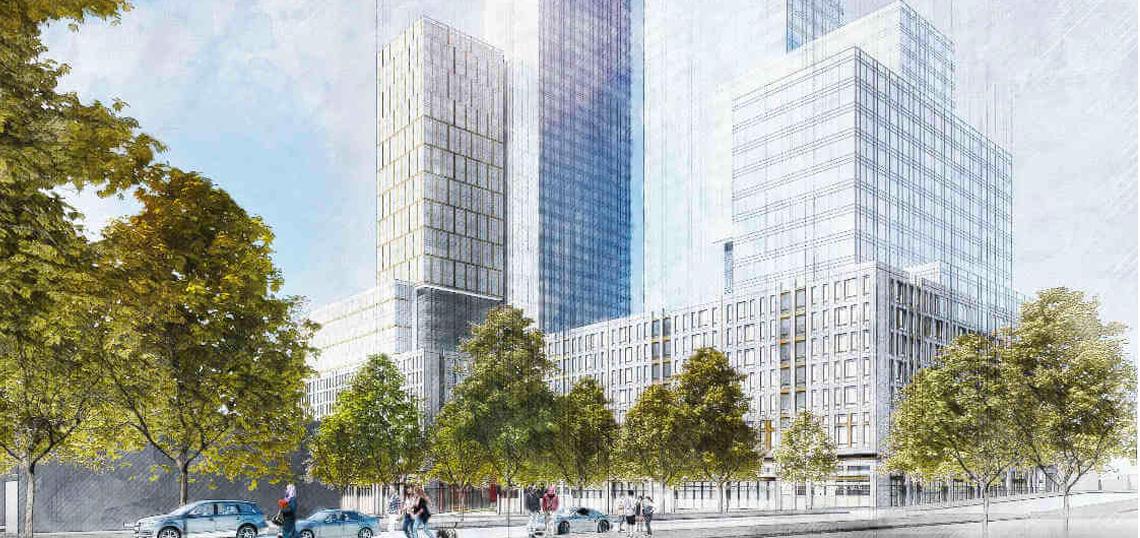The utter glee over a supersized snowball fight in Greenwich Village’s Washington Square Park during last week’s snowstorm said it all: New York City desperately needs the return of spontaneity and fun!
On February 8th, Governor Andrew Cuomo announced the beginning of his citywide pop-up plan: “NY PopsUp” will be “an expansive statewide festival of pop-up events… transforming existing New York landscapes into stages for world-class performances.
From February 20th through Labor Day, NY PopsUp will host over 300 creative events, all of which will be open to the public and most of which will be free, all across NYC’s five boroughs and the entire state.
In his press release, Cuomo said, “We want to be aggressive with reopening the State and getting our economy back on track, and NY PopsUp will be an important bridge to the broader reopening of our world-class performance venues and institutions. New York has been a leader throughout this entire pandemic, and we will lead once again with bringing back the arts.
The events will take place in a variety of non-traditional venues including subway platforms, museums, skate parks, fire escapes, storefronts, the soon-to-open Little Island, and many more iconic and fun NYC places and spaces.
Cuomo declared, “Instead of there being masses of audience members at a handful of events, this Festival is a mass of events, each for a safe and secure 'handful' of audience members.”
More of what we've been reading:
The prices of Manhattan studios have fallen precipitously: A glut of empty studio apartments and falling rents could offer investors willing to ride out the pandemic a chance at high returns, according to an UrbanDigs analysis. The single-room pads were hit hardest by the real estate downturn compared to apartments with one or more bedrooms, multiple broker reports show. During 2020, demand for studios fell by 35%. (Crain's)
Developers of 960 Franklin Avenue in Crown Heights have started the ULURP process: "City planning bigwigs formally kicked off the lengthy rezoning process of 960 Franklin Avenue in Crown Heights on Monday, starting the clock on a developer’s long-shot bid to erect a massive residential tower just 150 feet from the Brooklyn Botanic Garden — but the proposal was quickly met with fierce opposition from local stakeholders, City Hall, and the City Planning Commission." (Brooklyn Paper)
But affordable for whom?: "As they campaign, the [mayoral] candidates are navigating a progressive moment in New York City politics: issues of racial and economic justice have moved further to the fore, making affordable housing no longer purely a numbers game in the eyes of many. Since the start of his first term in 2014, Mayor Bill de Blasio has built or preserved 167,300 affordable apartments to date, putting him within reach of Ed Koch's record of 190,000 during his three terms. But the total output has been eclipsed by criticism that the administration has failed to serve the very poorest New Yorkers." (Gothamist)
Should for-profit developers be banned from developing units on city-owned land?: "City Councilman Brad Lander’s plan to reform the affordable housing industry would shift billions in funding away from for-profit developers to nonprofit ones and bar private firms from developing units on city-owned land. The move has sparked concern among private developers who specialize in affordable housing." (Crain's)
Another story about how the country's largest metros will struggle: Zillow searches have soared during the health crisis, according to Jeff Tucker, the company’s chief economist. “We’ve seen online searches for Boise, Phoenix, and Atlanta rising fastest among people who live in coastal cities, like Los Angeles and New York,” Tucker told me. Higher search volumes on Zillow have coincided with a booming housing market in the South and the West, as rents fall in expensive coastal cities. (The Atlantic)






